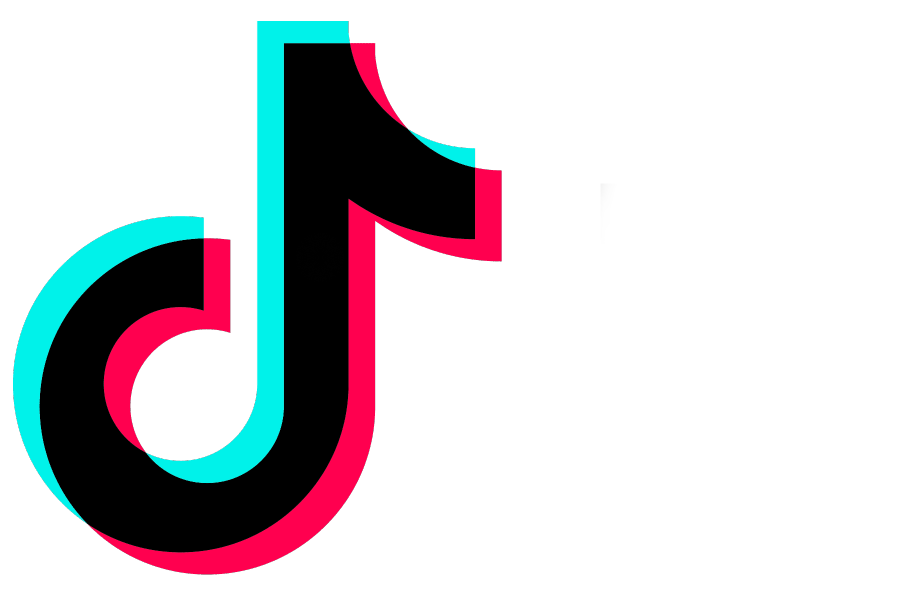Tiktok silences minority creators
App’s algorithm counterproductive at giving voices to people of diverse backgrounds
Company ByteDance’s hit app TikTok released 2016, emerging from Musical.ly’s ashes.
January 21, 2022
When users scroll through TikTok, they see a wide variety of content but not people.
Despite the diverse selection of content swiped through on a daily basis, there is one consistency. TikTok’s favors cookie-cutter standards of white, thin, neurotypical and able-bodied who tend to dominate the coveted “For You Page” spot with minimal effort.
Minorities who don’t fit the societal standards of a typical “pretty person” must put forth more effort into their content for their videos to be seen by a wide audience.
Typically, people of color videos only get seen when they discuss political or racial issues, such as what is considered homophobic, transphobic, ableist, and/or racist and/or what current political problems that affect people like them.
Any other videos they create are barely viewed.
Many of these TikTok users include:
- auntiemorningstar (A plus-sized genderfluid black creator with aspd)
- underd3ath/cannibalisticghost (Recently banned on main, black cosplayer)
- bettyk.702 (Black creator)
- jorvonmoss (Black tech creator)
- userinfinitation (Black creator)
- stevieryu (Hispanic creator)
- jrpixie (Black creator)
- whateverjess (Black artist typically draws various body types)
- ivy.eve.scarlet (Black trans woman)
- gothic..bat (Black christian nonbinary creator)
- olvrm.face (Black makeup artist)
- the.royal.ith (Black cosplayer)
These creators who don’t share conservative views also get mass reported by angry viewers, despite not breaking community guidelines.
The community guidelines prohibit: violent extremism (terrorist groups organized hate, criminal organizations), hateful behavior (against race, ethnicity, religion), illegal activities (ssault, weapons, drugs), and violent and graphic content (graphic death, human remains, harm to animals). More community guidelines can be found here.
When this happens and their accounts get banned, obviously their first reaction is to make contact with TikTok for an appeal. However, the app typically does not investigate appeals, and if it does, it can take months for creators to be taken seriously.
TikTok provides platforms for the those who make it dangerous for creators of color and LGBT+ creators, while allowing people who post videos containing animal abuse, child abuse and videos encouraging eating disorders to stay on the platform. However, TikTok gladly bans creators without restoring accounts just because certain viewers disagree with their views.
TikTok’s anti-bullying policy, which prevents bigoted captions, fails to consider the context harmless words that are used can immediately cause a video’s removal; however, the program allows slurs in captions without so much as a second thought.
“Representation matters, particularly in our own marketing efforts,” General Manager Rich Waterworth said in their released statement on ‘our ongoing commitment to diversity, equality and inclusion.’ “These include our #ThisIsBlack campaign in the UK for Black History Month, celebrating Black creators and strengthening our commitment to celebrate diversity on the platform.”
Thank you for the #ThisIsBlack hashtag, TikTok. Racists definitely saw that and changed their entire mindset. Although it put popular black creators in the spotlight for maybe at most the month of February, the pathetic hashtag failed to end the app’s racial and heteronormative bias and TikTok went right back to its suppressive patterns.
Despite Tiktok’s hashtags to support creators, they are simply one and done on efforts that exist only once a year. Tiktok fails to properly support when it’s needed. If the diversity counselors were more involved in actually including the individuals who create the unique content that makes Tiktok popular, then the app would grow exponentially more than it has before.


